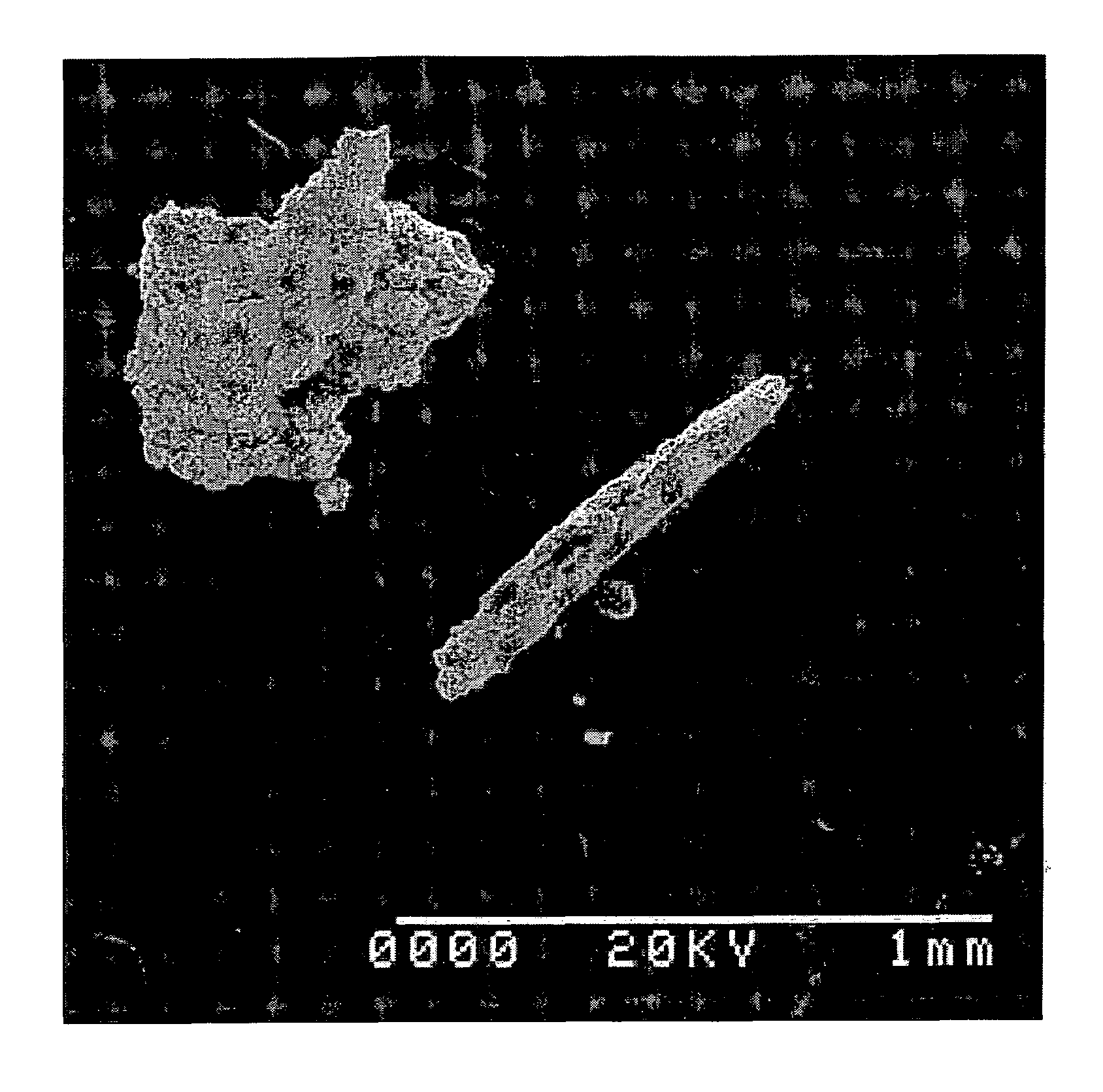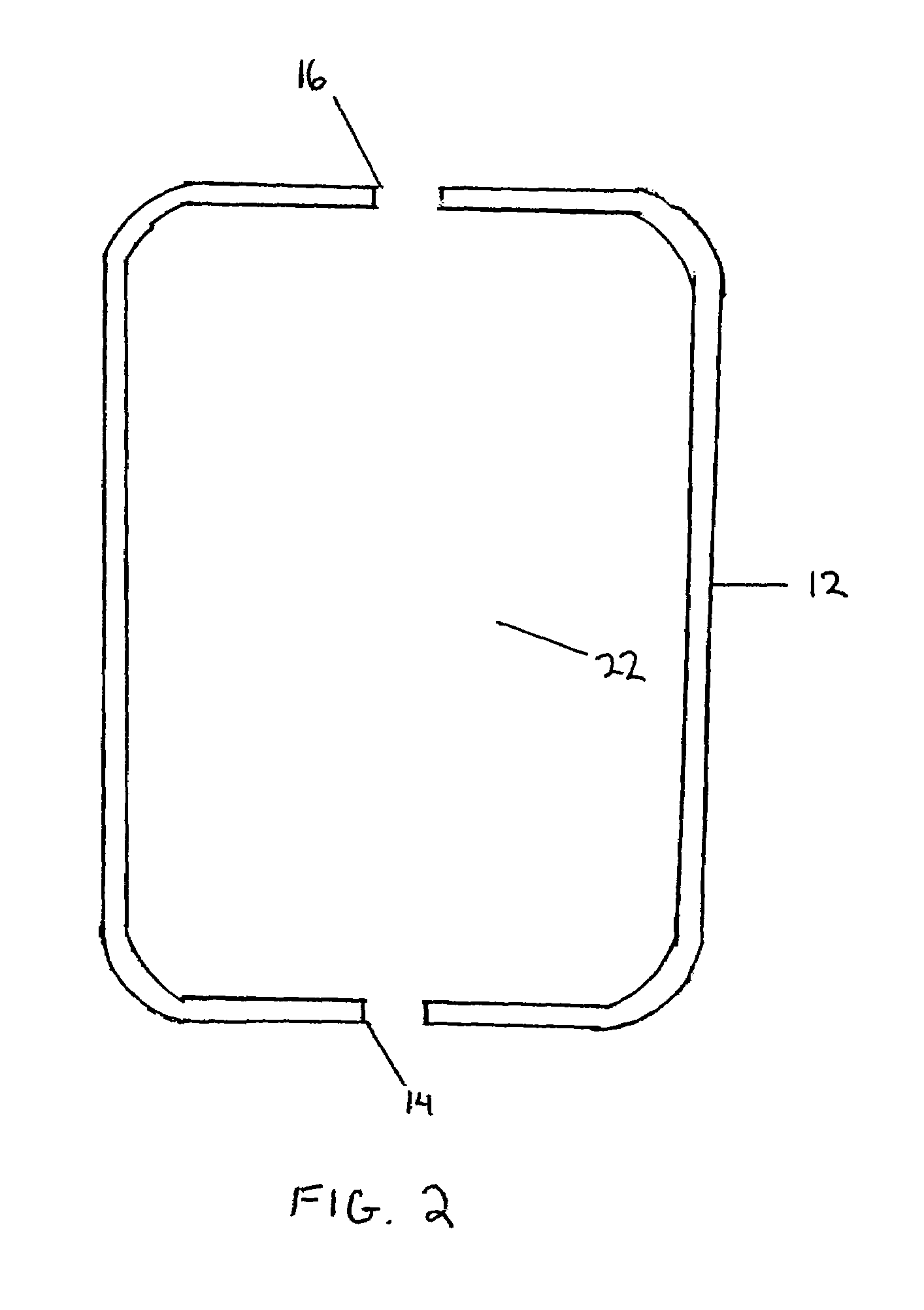In-situ BWR and PWR CRUD flake analysis method and tool
a technology of bwr and pwr, which is applied in the field ofcrud analysis methods and scraping tools, can solve the problems of limiting the effectiveness of removal devices, unintended irradiation of personnel in plant areas, and high radioactivity of crud flake,
- Summary
- Abstract
- Description
- Claims
- Application Information
AI Technical Summary
Benefits of technology
Problems solved by technology
Method used
Image
Examples
Embodiment Construction
[0033]Referring to FIG. 1, a CRUD removal device 10 is illustrated. The CRUD removal device 10 allows CRUD to be removed from an exterior of a nuclear fuel rod 24 in a safe and controlled environment. The CRUD removal device 10 allows the CRUD to be removed in a nuclear fuel pool of a nuclear facility, for example, such that loose or firmly attached CRUD may be dislodged. The CRUD removal device 10 further allows the CRUD to be dislodged without removing warped zircalloy material from the stabilized zircalloy substrate. The device 10 may be made of materials, such as stainless steel, to hinder potential corrosion. A blade 40 is placed in the CRUD removal device 10 such that the fuel rod 24 runs over the blade 40 to facilitate removal of the CRUD layer. Although shown as a single blade 40, multiple blades may be used. A housing 12 defines an interior volume 22 which allows the fuel rod 24 to be partially contained within the housing 12. The fuel rod 24 penetrates the housing 12 throu...
PUM
| Property | Measurement | Unit |
|---|---|---|
| sensitivity | aaaaa | aaaaa |
| diameter | aaaaa | aaaaa |
| diameter | aaaaa | aaaaa |
Abstract
Description
Claims
Application Information
 Login to View More
Login to View More - R&D
- Intellectual Property
- Life Sciences
- Materials
- Tech Scout
- Unparalleled Data Quality
- Higher Quality Content
- 60% Fewer Hallucinations
Browse by: Latest US Patents, China's latest patents, Technical Efficacy Thesaurus, Application Domain, Technology Topic, Popular Technical Reports.
© 2025 PatSnap. All rights reserved.Legal|Privacy policy|Modern Slavery Act Transparency Statement|Sitemap|About US| Contact US: help@patsnap.com



